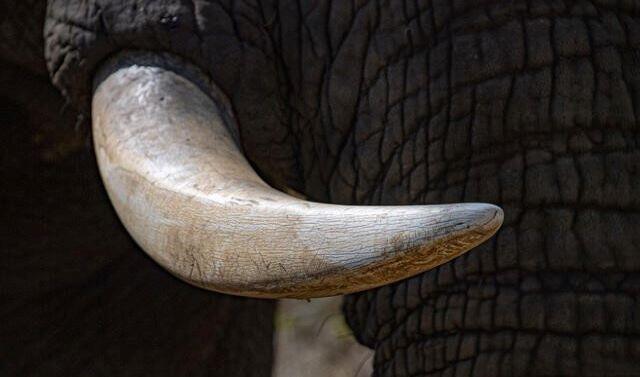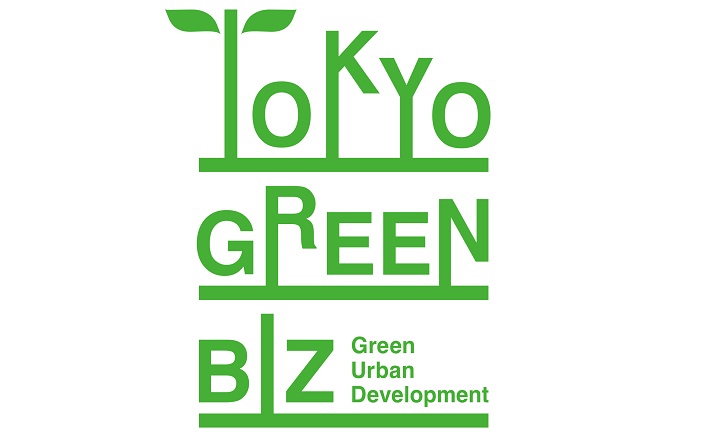Caviar from Tokyo: A Gourmet Revolution Begins on Kozu-shima island
Kozu-shima, a small island in the Izu archipelago 178 kilometers south of central Tokyo, might become new destination for foodies. In September 2025, the Tokyo Metropolitan Government and Kozushima Village signed an agreement to work together on sterlet aquaculture. This marked an important step beyond merely promoting industry. It was filled with dreams and hopes for the future. The day may soon come when “Tokyo Caviar” graces the menus of the world’s finest restaurants.
Photo courtesy of Fujikin
New Possibilities Born from Oceanic Change
Over the past century, sea temperatures around Japan have risen by 1.33°C, severely impacting traditional fisheries. As marine fishing and aquaculture become increasingly challenging in some areas, Tokyo is taking a completely different approach to the future.
“If the sea is changing, then we must change as well.”
This optimistic mindset paved the way for the dream of Tokyo-produced caviar.
The Proud Lineage of Tokyo Brands
Tokyo has already had great success with branding.
“Tokyo Ukokkei” is a premium poultry brand.
“Tokyo Shamo” is a refined version of the traditional Japanese game fowl.
“TOKYO X” is a high-quality pork brand.
These brands have earned a strong reputation by combining the Tokyo name with exceptional quality control.
Now, it’s the ocean’s turn.
The sterlet aquaculture initiative is a bold experiment to apply this proven branding model to the fisheries sector.
Exploring Climate-Resilient Aquaculture Solutions
Spiny lobster fishing has long been practiced in the waters north of Tokyo’s Izu Islands. However, in recent years, catch volumes have steadily declined, dropping to just one-eighth of their peak in 2002 by the year 2023. On Kozu-shima island, with a population of about 1,700, this downturn has also led to the idling of 22 concrete water tanks that were previously used to hold live lobsters before shipment—posing a challenge to local fisheries infrastructure.
In response, stakeholders have explored countermeasures aimed at building a fisheries industry capable of delivering stable profits regardless of climate change. One promising strategy involves utilizing the island’s abundant spring water to raise sturgeon—a high-value freshwater fish—from juvenile to adult stages. The fish will be fed and grown in a newly repurposed facility. This approach not only makes use of existing resources but also represents a shift toward climate-resilient aquaculture with added economic value.
“We look forward to new local specialties and the diversification of fishery management,” said the union leader, echoing the hopes of the island’s fishing community.
“Fisheries are, in a sense, part of the field of aggrotech. By adding new ideas to traditional practices, we believe Tokyo’s fisheries can enter a new phase,” said Governor Koike at her regular press conference on September 26, expressing high hopes for the emergence of Tokyo-produced Caviar.
A Bold Innovation Drawing Global Attention
The sturgeon species to be farmed this time on Kozu-shima island is the sterlet, the smallest member of the sturgeon family. Even when fully grown, it reaches a maximum length of about 1 meter, but typically measures around 40 centimeters
During the agreement period, which ends in March 2031, plans are also in place to develop products using sturgeon meat.
Tokyo’s approach is a compelling example of industrial innovation for the 21st century. The city is tackling the global challenge of climate change and turning it into an opportunity to create new values.
To support the island’s industry, Tokyo is assisting with participation in events and exhibitions on the mainland. This is laying the groundwork for Tokyo-produced caviar to officially enter the market.
Toward the Realization of a Dream
Tokyo’s sterlet aquaculture project is a good example of how we can adapt to climate change. In a few years, gourmets around the world may be savoring Tokyo-cultured Caviar.
The black gems cultivated on Kozu-shima island could make dining exciting all over the world—and that future starts now.







Recommended for You
Govenor Koike Calls for Innovation at FII PRIORITY Asia Summit 2025
December 1, 2025
Tokyo Governor’s Mideast Tour Highlights Multi-City Resilience Efforts and Japanese Capital’s Global Presence
November 27, 2025
Engineering Safety from the Ground Up
December 5, 2025
Invitations Open for the Tokyo-London Financial Seminar 2026
December 19, 2025
Premium College (Part 1): Tokyo’s Path to a New Youth
December 5, 2025
Premium College (Part 2): Beyond the Classroom, Lifelong Learning
December 5, 2025
Startup Aims to Launch a Space Economy
December 19, 2025
Fun After Dark: Shinjuku Neon Walk
December 12, 2025
An Interview with Florence Chua: Preparing Tokyo for World-Class Business Events
December 11, 2025
Mokumeganeya’s Pursuit of Innovation in Metalworking and the Creation of New Value
December 10, 2025